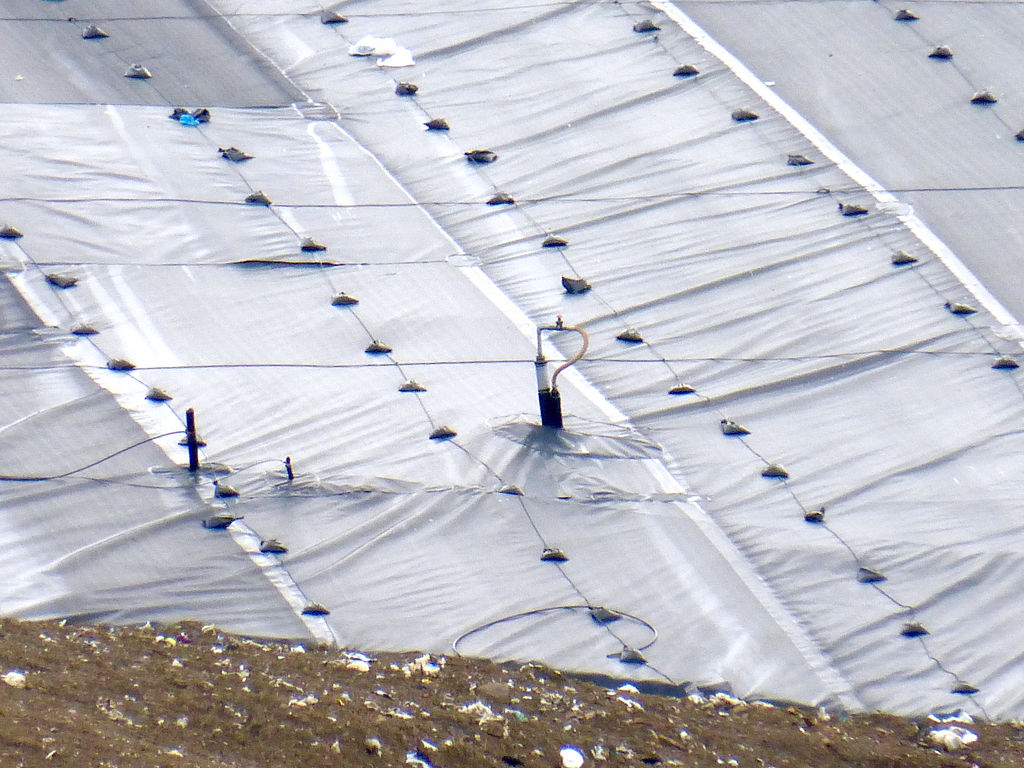News
When Capturing Methane from Landfills, Efficiency is Key

Methane from landfills is one of the top three human sources of this potent greenhouse gas. Capturing methane produced by rotting waste on a landfill could help slow climate change. Yet this is not necessarily a simple task. It involves installing a complex network of gas collection pipes and wells, which need to be constantly monitored to detect any leaks that may disrupt the collection process and result in greenhouse gas (methane) emissions that contribute to climate warming.
Unlike factories and other industrial scenarios where greenhouse gases tend to be emitted via smokestacks that are easily monitored, landfill sites cover a large expanse of land and methane can leak at any given point, including areas of exposed waste, temporarily covered areas, and sections of the landfill that have been permanently capped. To curb emissions, operators need to be able to monitor all these potential leakage points.
While landfill operators can wait up to five years before they begin capturing landfill gas from new landfill cells, methane is still being produced and consequently can leak into the atmosphere during this time. The viability of collecting methane from landfill cells will very often depend on the efficiency of the landfill gas collection system. And while landfills are required to cover up waste nightly with soil, mulch, or plastic, the porosity of these materials, and how much methane they allow to escape, differs.
The weather can also be a contributing factor. For example, rainy weather can result in more methane being produced and can also cause gas collection systems to become flooded, making them less efficient at capturing the methane being produced. In a situation such as this, where methane output increases but the landfill gas collection system is not functioning at optimal efficiency, it stands to reason that methane emissions will be higher. On the other hand, a well-functioning landfill gas collection system is able to collect more methane and utilizes methane-digesting soil microbes that live in the soil layer covering the waste to neutralize any methane permeating through the soil, thereby preventing it from escaping into the atmosphere.
Monitoring Methane from Landfills
Methane leaks on landfills can be prevented, or at least significantly reduced. The key is to have efficient monitoring and early warning systems in place to detect methane leaks early so that these leaks can be addressed promptly. Taking regular readings using a portable methane detector, for example, can help operators monitor various points around the landfill and swiftly pinpoint problem areas that need attention. This ultimately results in a reduction in greenhouse gas emissions and an increase in landfill gas captured, resulting in both an improved environmental and economic performance.
Featured Image Credit: Z22, [CC BY-SA 4.0], via Wikimedia Commons


